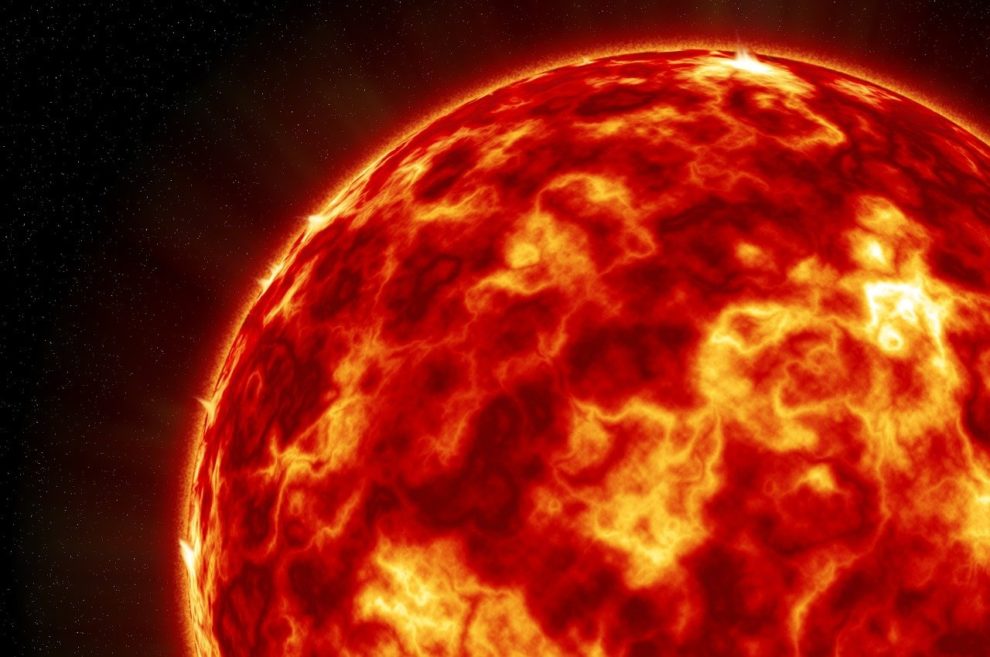Earth is protected from solar storms by its strong magnetic field, which acts like a shield against the harmful effects of solar flares and coronal mass ejections. However, Mars doesn’t have this defense.
The Red Planet lost its global magnetic field a long time ago, leaving it and any spacecraft or future crewed missions there more exposed to the dangers of intense solar activity. This lack of protection means that solar storms can have a much bigger impact on Mars, presenting unique challenges for missions to the planet.
NASA’s MAVEN (Mars Atmosphere and Volatile EvolutioN) orbiter and the Curiosity rover are joining forces to study solar particles and radiation headed toward Mars, looking at them from both high in the atmosphere and right on the planet’s surface. This coordinated effort, as NASA explained, will help understand how solar storms and increased radiation levels affect Mars and how future missions might cope with these challenges.
NASA aims to study solar radiation on Mars to safeguard future missions
“For humans and assets on the Martian surface, we don’t have a solid handle on what the effect is from radiation during solar activity,” Shannon Curry, principal investigator for MAVEN, said in the statement. “I’d actually love to see the ‘big one’ at Mars this year — a large event that we can study to understand solar radiation better before astronauts go to Mars.”
Both the MAVEN orbiter and the Curiosity rover are working together to understand how many solar particles reach Mars and how powerful they are. Curiosity uses its Radiation Assessment Detector (RAD) to measure the radiation that gets through Mars’ thin atmosphere and reaches the surface.
This helps scientists understand how radiation affects carbon-based molecules on the Martian surface and also gives them an idea of how much shielding astronauts will need when exploring Mars in the future. By studying these effects, NASA can better prepare for the safety of future missions to the Red Planet.
